The Weekly Edge: GraphFrames, Kuzu News-u, Hail Hydra, & More [8 August 2025]
![The Weekly Edge: GraphFrames, Kuzu News-u, Hail Hydra, & More [8 August 2025] The Weekly Edge: GraphFrames, Kuzu News-u, Hail Hydra, & More [8 August 2025]](https://gdotv.com/wp-content/uploads/2025/08/kuzu-hydra-neo4j-graphframes-ontology-weekly-edge-8-august-2025.png)
Another week, another edge connecting your nodes of knowledge: Welcome back to the Weekly Edge – your fyp of graph tech reads, resources, news, and hot goss from the past week (or whatever) curated by the team at gdotv.
This edition is the case in point of the diversity and breadth of the graph technology ecosystem, with reads on graph databases, ontologies, query languages, graph data processing, and even some knowledge graph engineer career tips. If you wanted a clear “graphs are so hot right now” case for your VC pitch, that was it.
Let’s dive in.
Article Series: Knowledge Graph Lite by Jessica Talisman
Jessica Talisman is basically a celeb in the graph tech and ontology space, so here’s your celeb news: she’s officially leaving Adobe and focusing full-time on her new venture, the Ontology Pipeline. Given that canonically librarians can do anything, it shouldn’t surprise any of us that she’s going to crush it as an indy consultant and educator. All our best luck and wishes, Jessica!
On her Substack, Intentional Arrangement, Jessica recently began a three-part article series called “Knowledge Graph Lite: The Mighty Thesaurus.” It’s a heady read on building a robust context engineering practice that provides structured, machine-readable knowledge for AI. In particular, she focuses on an upper-level, lightweight ontology called Simple Knowledge Organization System (SKOS) to create and shape a thesaurus.
Part I and Part II of the series are up now, and Part III is on the way.
Release: GraphFrames is Back, Baby
In case you missed it: GraphX is dead (or mostly dead), having been deprecated with Apache Spark 4.0 in November 2024. But the death knell for GraphX also means there’s room for a replacement: GraphFrames is back!
GraphFrames is a package for Apache Spark which provides DataFrame-based graphs that matches the functionality of GraphX and extends that functionality by taking advantage of Spark DataFrames. GraphFrames provides high-level APIs in Scala, Java, and Python.
In the GraphFrames v0.9.2 release announcement, Russell Jurney of Graphlet AI tells the story that the GraphFrames project has gone “from effectively dead to vibrant in the last six months” with a number of new contributions from the Spark and (former) GraphX community. That’s good news for anyone who uses Apache Spark for graph data processing.
Article: DSPy for graph data enrichment, a gentle introduction (+ more big news) for Kuzu
Another great read for you this week is a recent blog post from Prashanth Rao at Kuzu on disambiguation and entity resolution in multi-source knowledge graphs. This gentle introduction to DSPy for graph data enrichment walks you through using Declarative Self-improving programs in Python (DSPy) and LLM-as-a-judge to disambiguate entities in the Nobel laureate mentorship network. He also uses G.V() for those gorgeous graph visualizations!
But wait, there’s more! The other big news out of Kuzu this week: They’ve recently opened a waitlist for Kuzu Enterprise Edition with all the security, backup, deployment, and proprietary features that enterprise orgs often need and expect. We’ll be watching this space!
New O’Reilly Book: Neo4j: The Definitive Guide
My former colleagues Luanne Misquitta (now CTO at cMatter) and Christophe Willemson (CTO at GraphAware) have recently co-authored a new book: Neo4j: The Definitive Guide with a foreword written by Caretaker General of the Neo4j community, Michael Hunger himself. The book, published by O’Reilly Media, even comes with a backstory and official playlist. Having known and worked with Luanne, Christophe, and Michael before, I can say their names on the cover alone tell me it’s worth a read.
In the shadow of such an exciting project, Luanne also just started a new publication called Graphish with a stunning first article on the return of the engineering craft in the face of AI.
Video: Hydra Graph Programming Language Sneak Peak
Hydra is an open source graph programming language based on the LambdaGraph data model that’s being developed by Josh Shinavier, a co-founder and long-time contributor to Apache TinkerPop™. The news? Hydra is almost ready for its 1.0 release!
In this 2-part sneak-peak video (Part 1 | Part 2), Josh takes a tabular dataset and uses Hydra + Claude to map it to a property graph, leveraging the LLM to construct a pair of schemas and a mapping but without additional calls to the LLM thereafter. Hydra was previously used in closed-source versions at both Microsoft and Uber, so this will be a language to pay attention to (i.e., “Hail Hydra”). Check out Hydra on GitHub to keep tabs on (or contribute to) the project.
Full disclosure: We also love that Josh used G.V() at the end of his demo! And we’re working on our own article to diver deeper into Hydra, coming soon!
Career Cheat Sheet: Knowledge Graph Engineer Interview Questions
No matter the economic climate, it never hurts to brush up (or dust off) your job interview game. For the knowledge graph engineers out there, Thomas Thelen has pulled together a list of the most common questions you might get asked when interviewing for KG engineering roles.
This cheat sheet is an absolute gold mine and a tl;dr of the graph tech space and the skills, tools, and approaches that every graph database developer or software engineer should know. So even if you’re not on the job market right now, keep this cheat sheet handy.
That’s it for this week’s edition. Got something you want to nominate for inclusion in a future edition of the Weekly Edge? Ping us on on X | Bluesky | LinkedIn or email weeklyedge@gdotv.com.
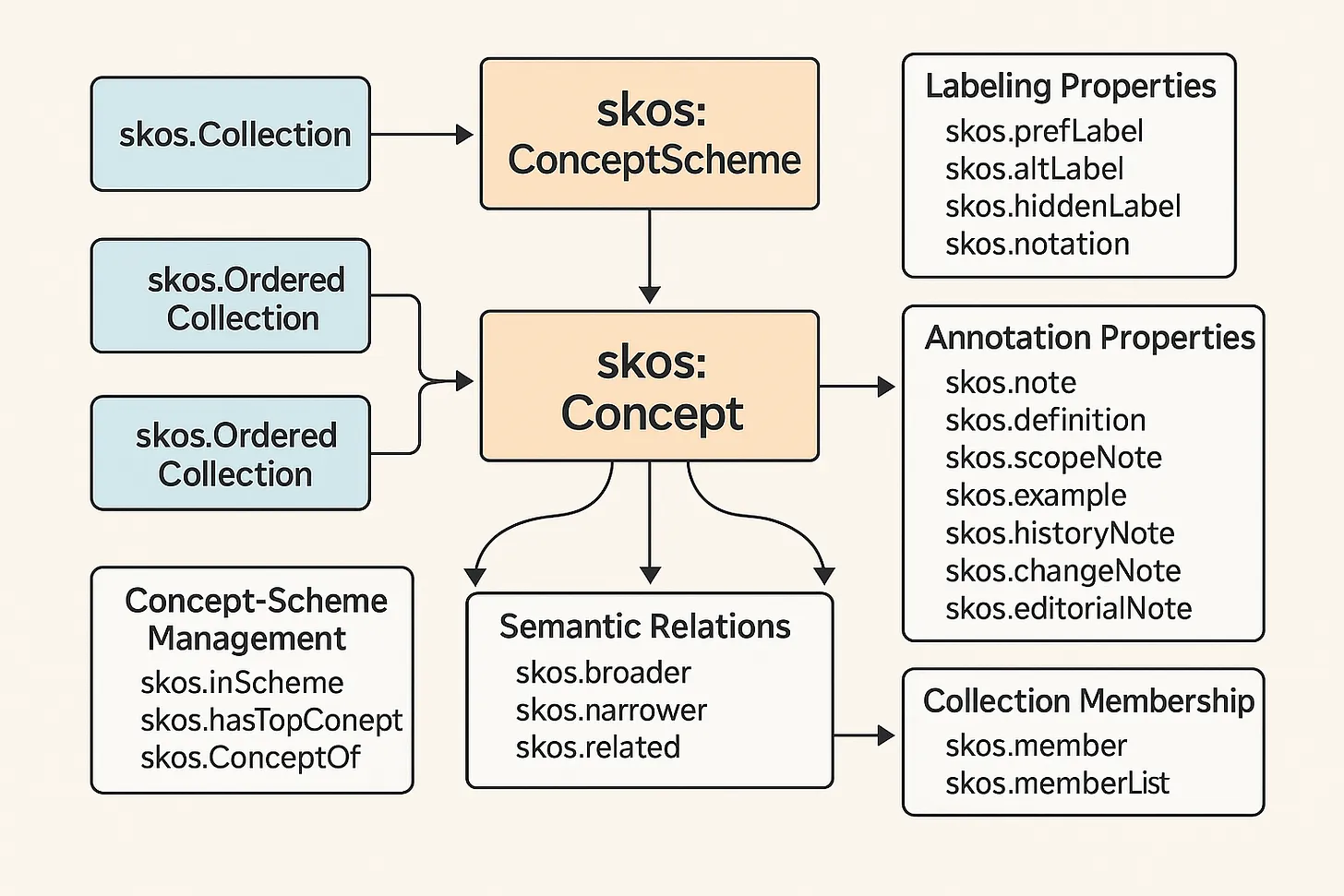

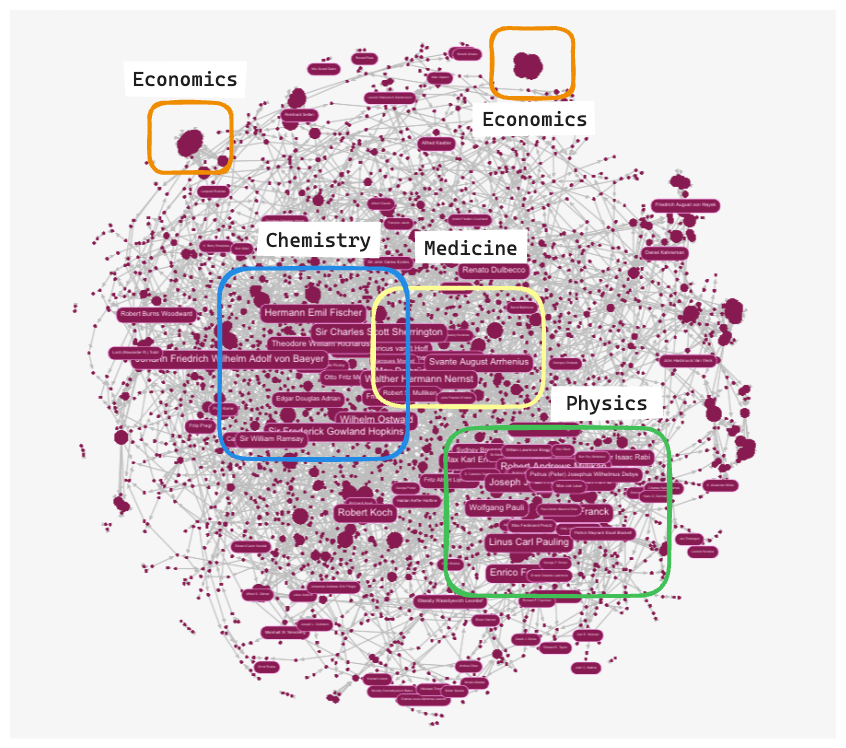

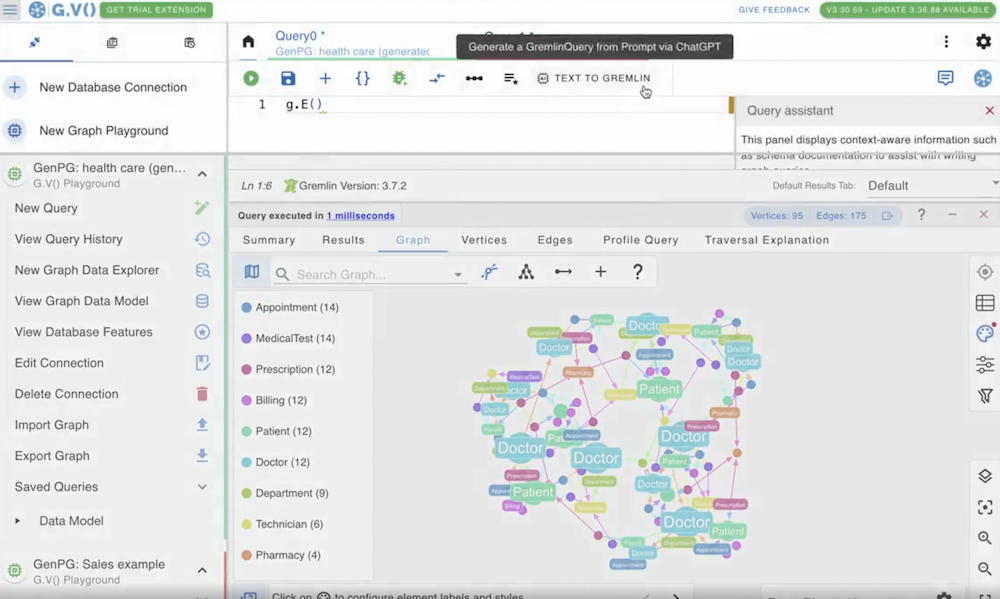
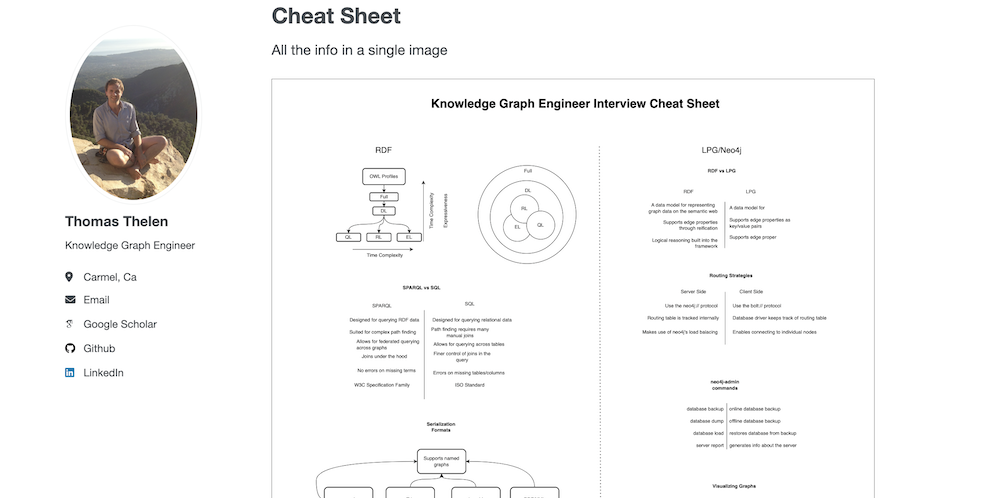
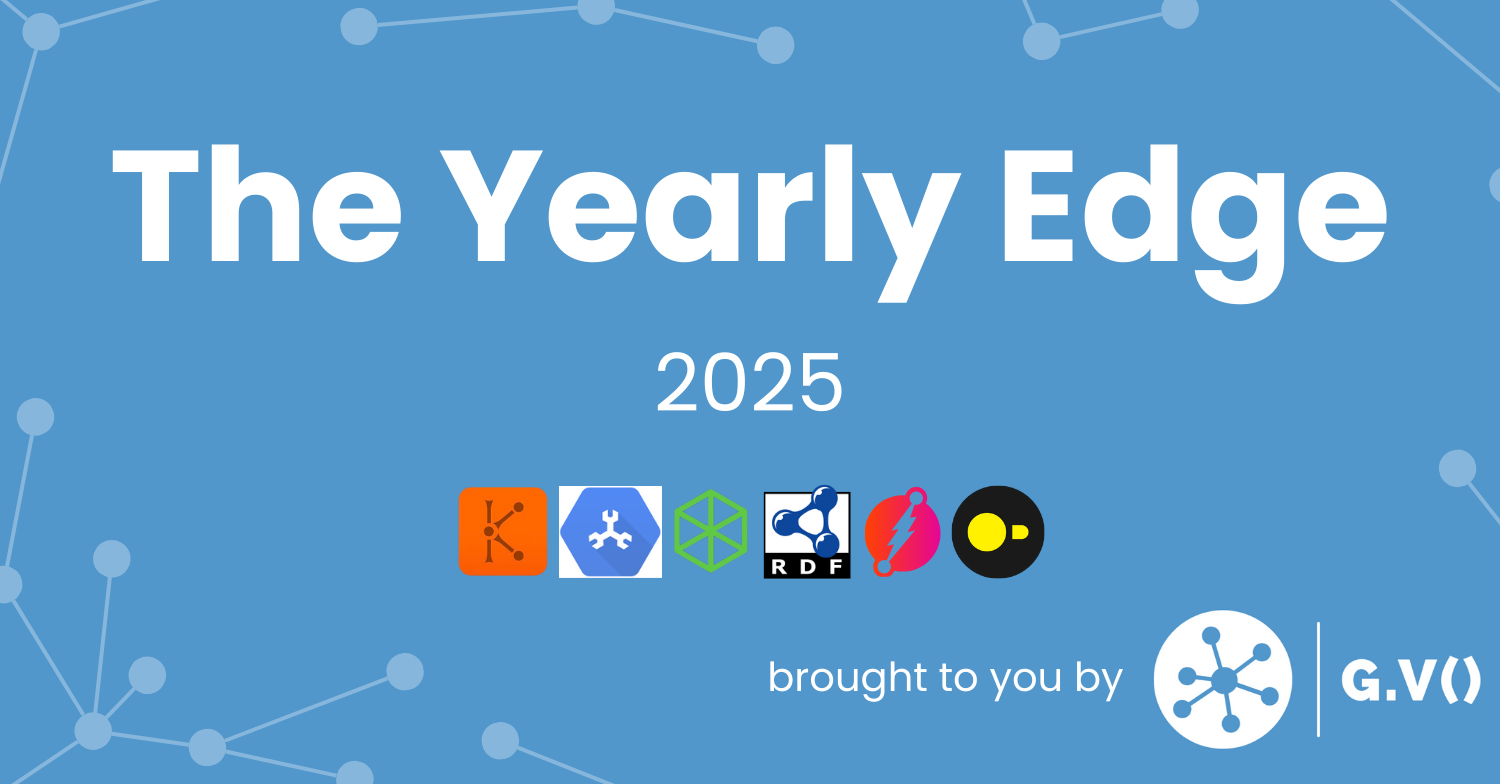
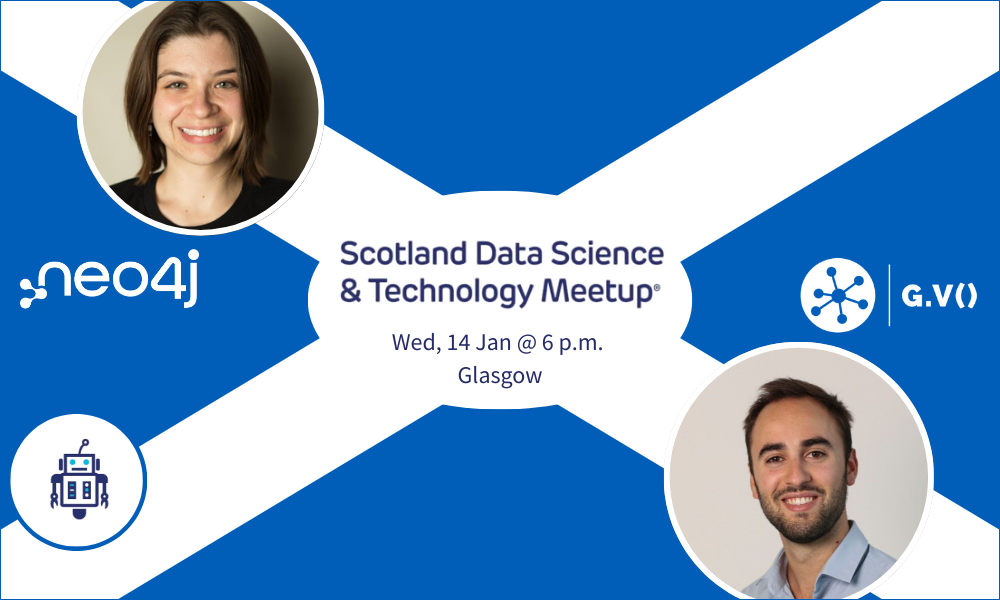
![One Graph Client to Rule them All? [Video] One Graph Client to Rule them All? [Video]](https://gdotv.com/wp-content/uploads/2025/12/jason-koo-getting-started-gdotv-ide.jpg)